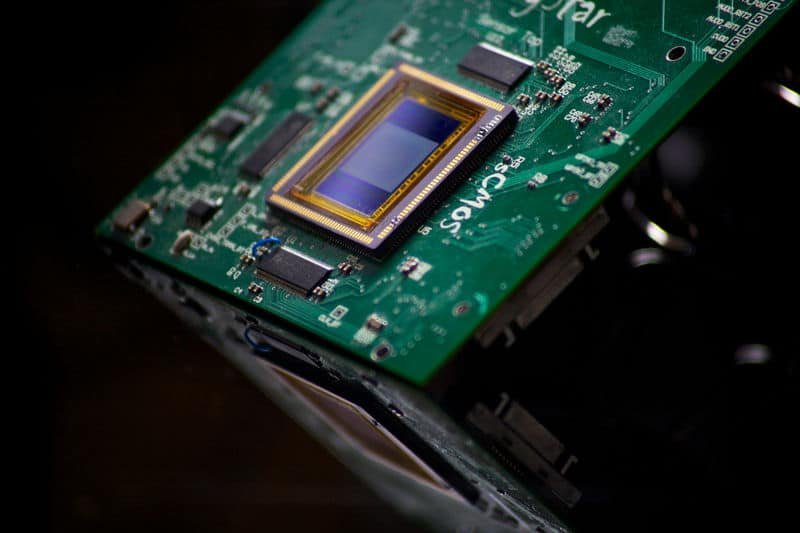One click project with USBasp programmer

UASBASP is an efficient programmer for Atmel AVR microcontrollers that works under multiple operating systems, including Linux, Mac OS X, and windows. How to assemble this simple programmer read the previous article on this site or go to the original website of Thomas Fischl. As it was mentioned, USBasp has two available programming frequencies – high when the jumper disconnected and low when connected. These frequencies are 375kHz and 8kHz. To use 375kHz speed, target MCU’s clock frequency must be at least 1.5MHz – four times higher than SCK. If the target is clocked with a low-speed oscillator like 32kHz, then the jumper has to be connected as it gives 8kHz SCK, which is also 4*8kHz=32kHz. Building and preparing this programmer should not be a problem as it uses very few components. If you use 6 PIN ISP programming header, then you need a 10 to 6 adapter — Flash Atmega8 with the newest firmware found on the authors’ site. Right now latest firmware is 2007-10-23. For other details, read in the readme file.














